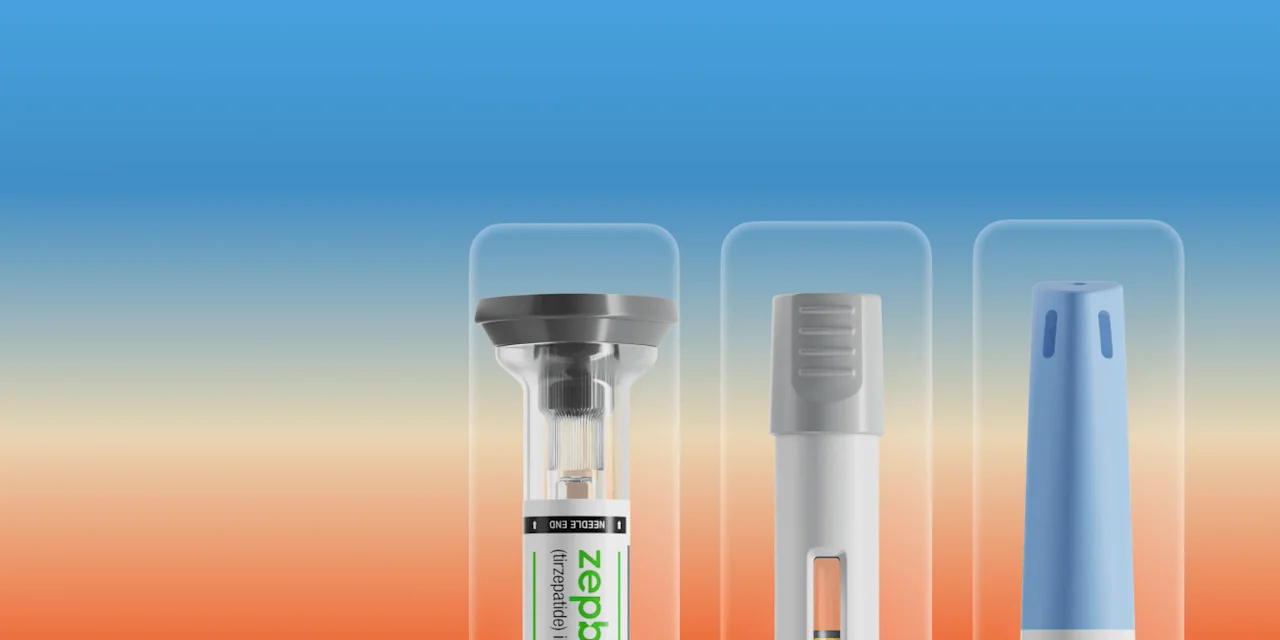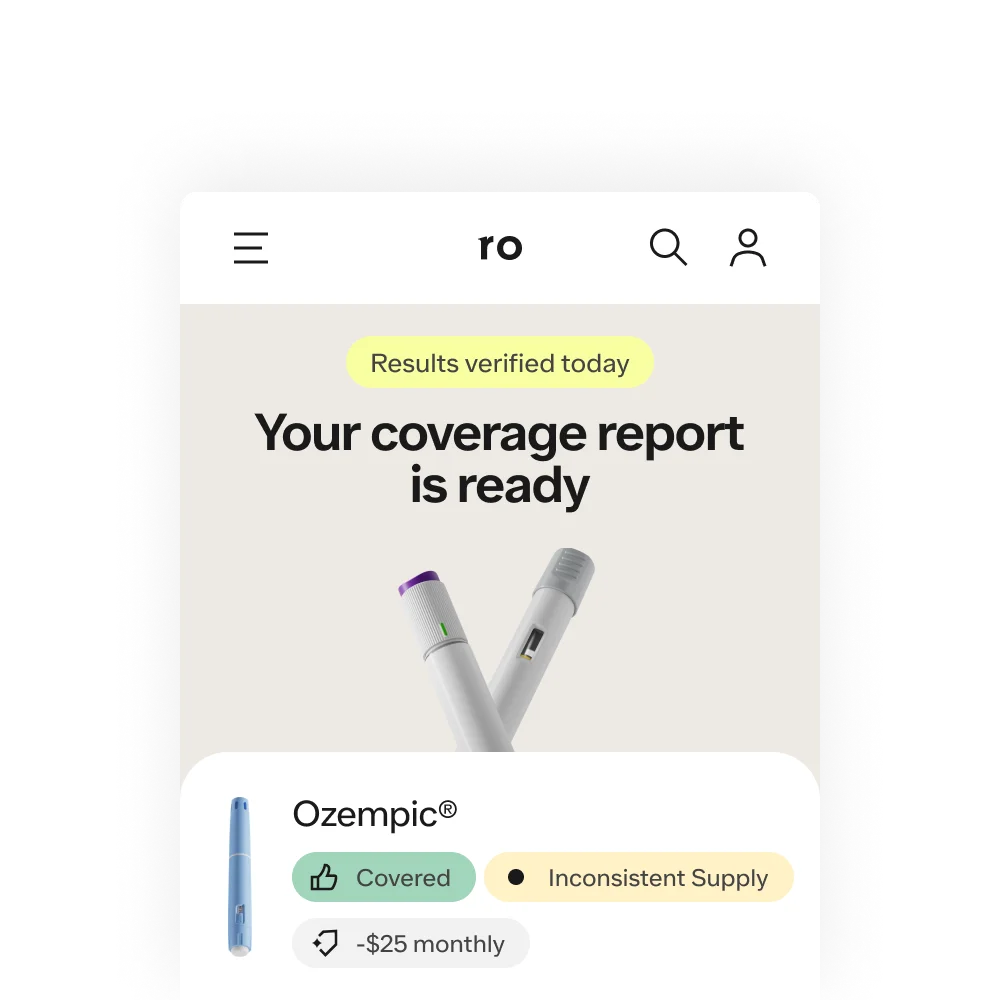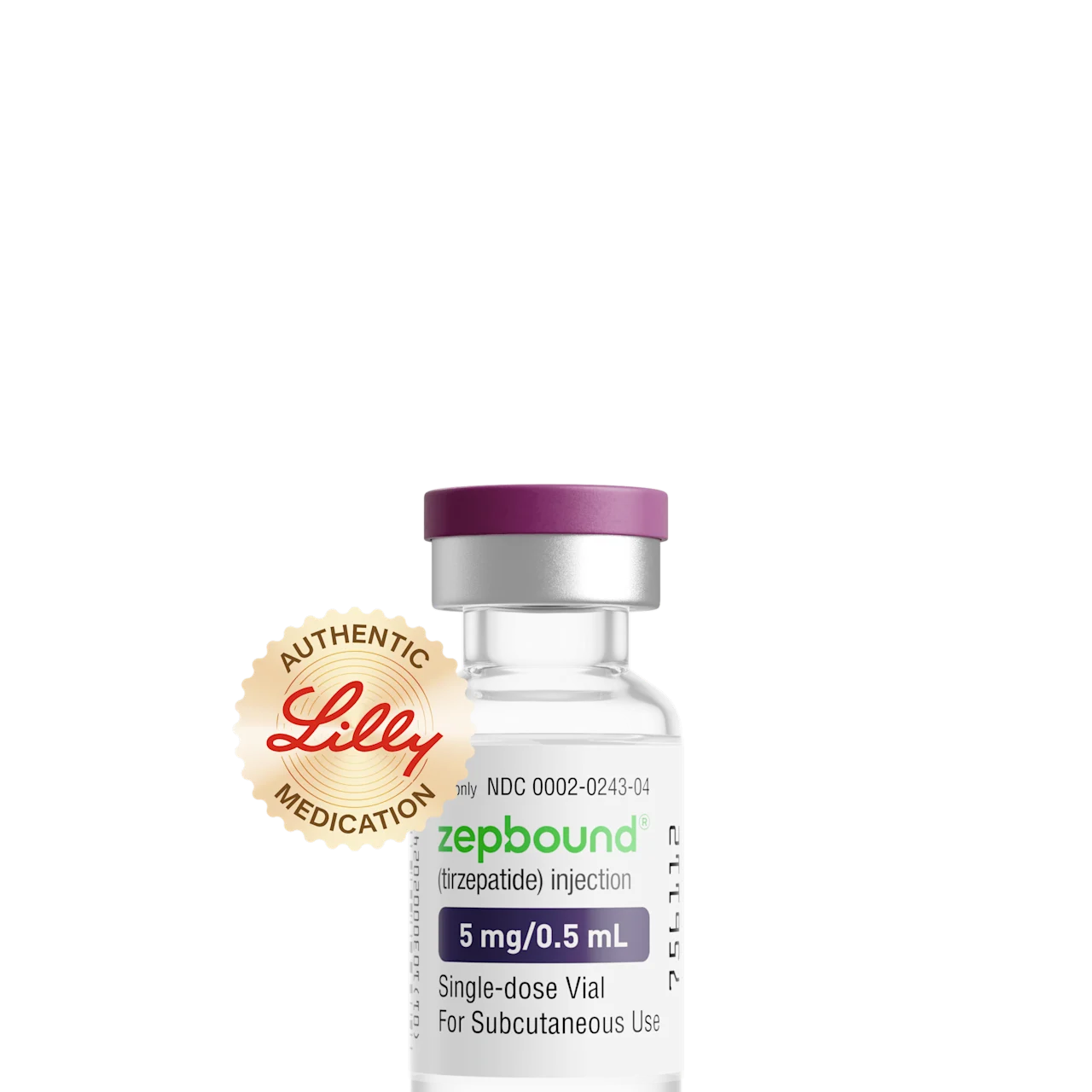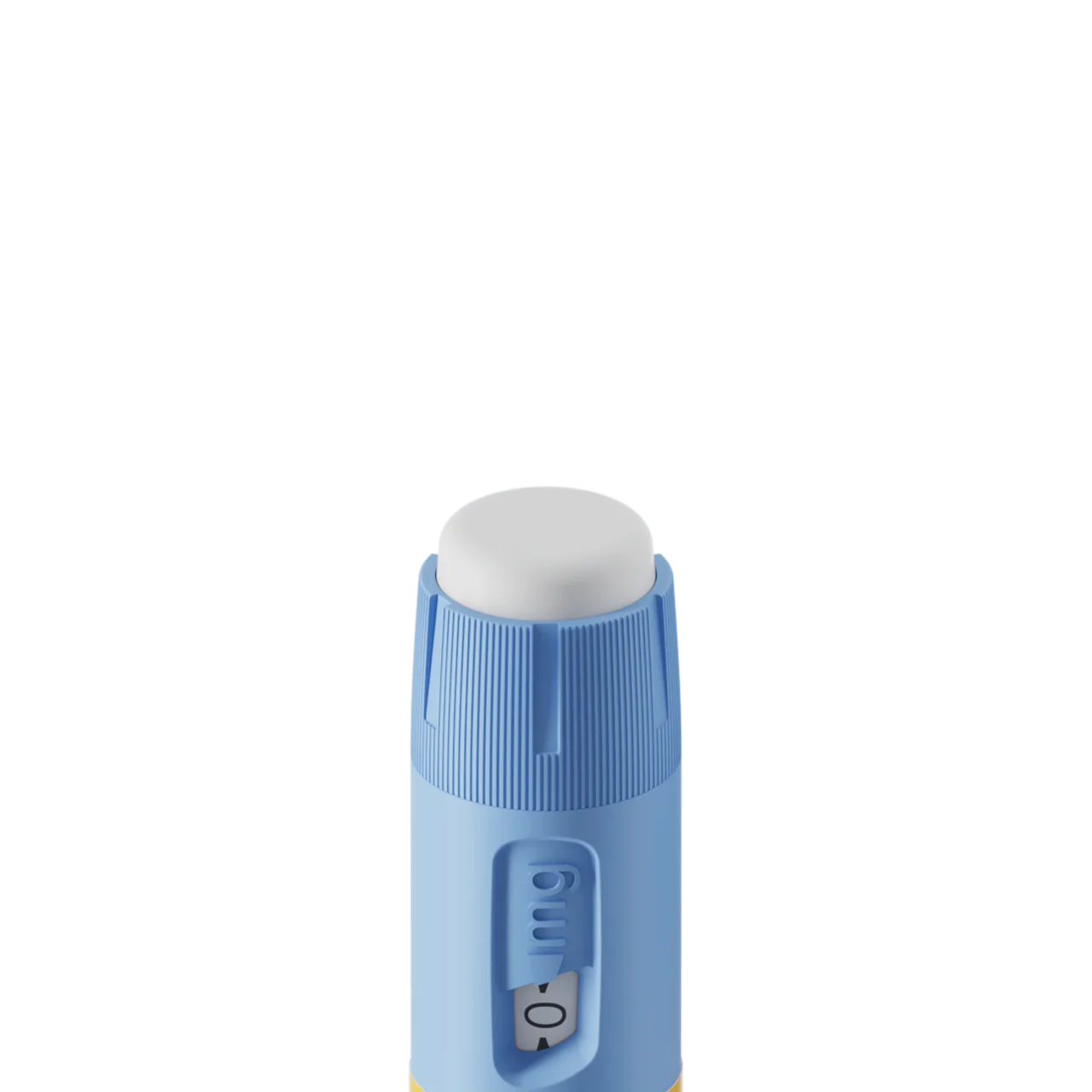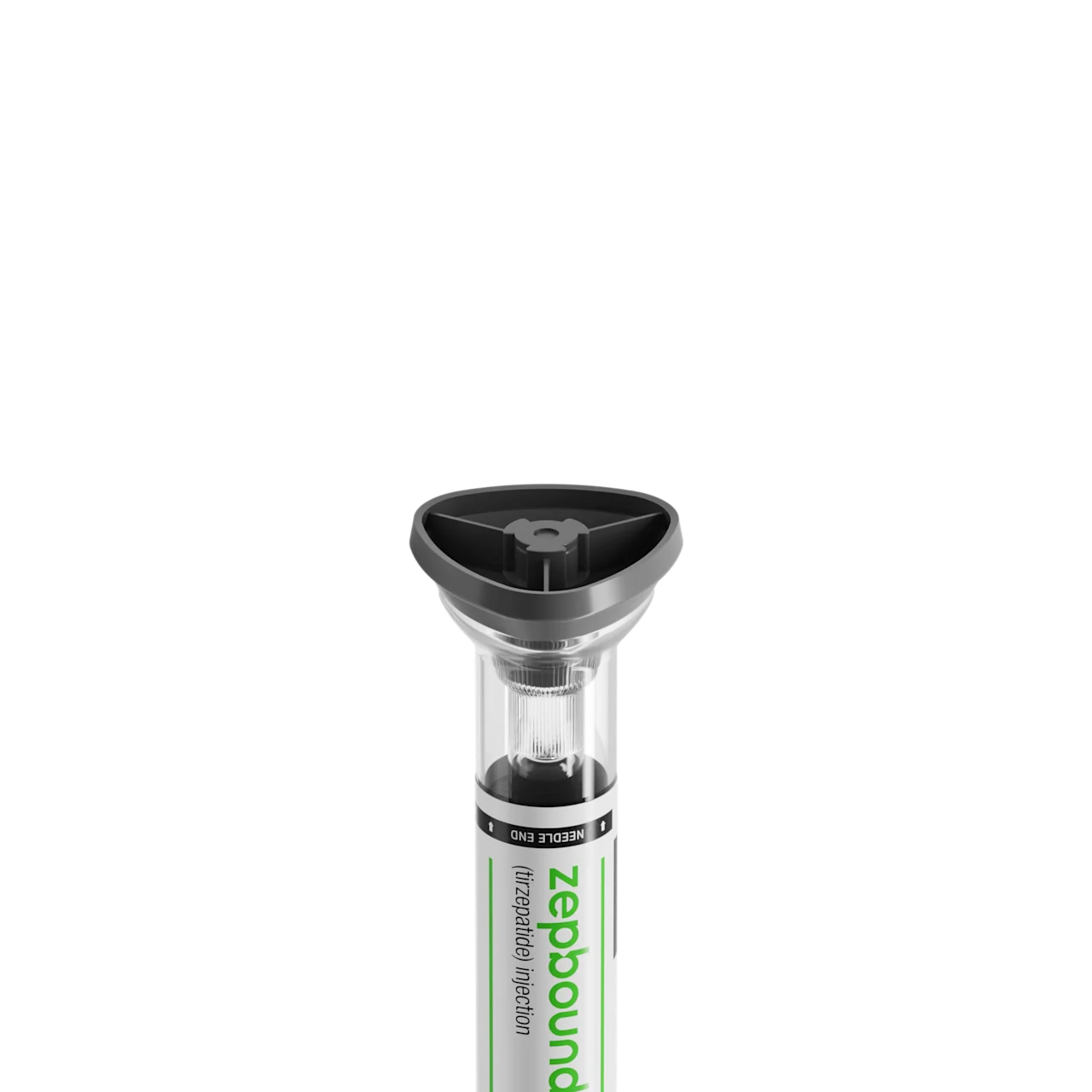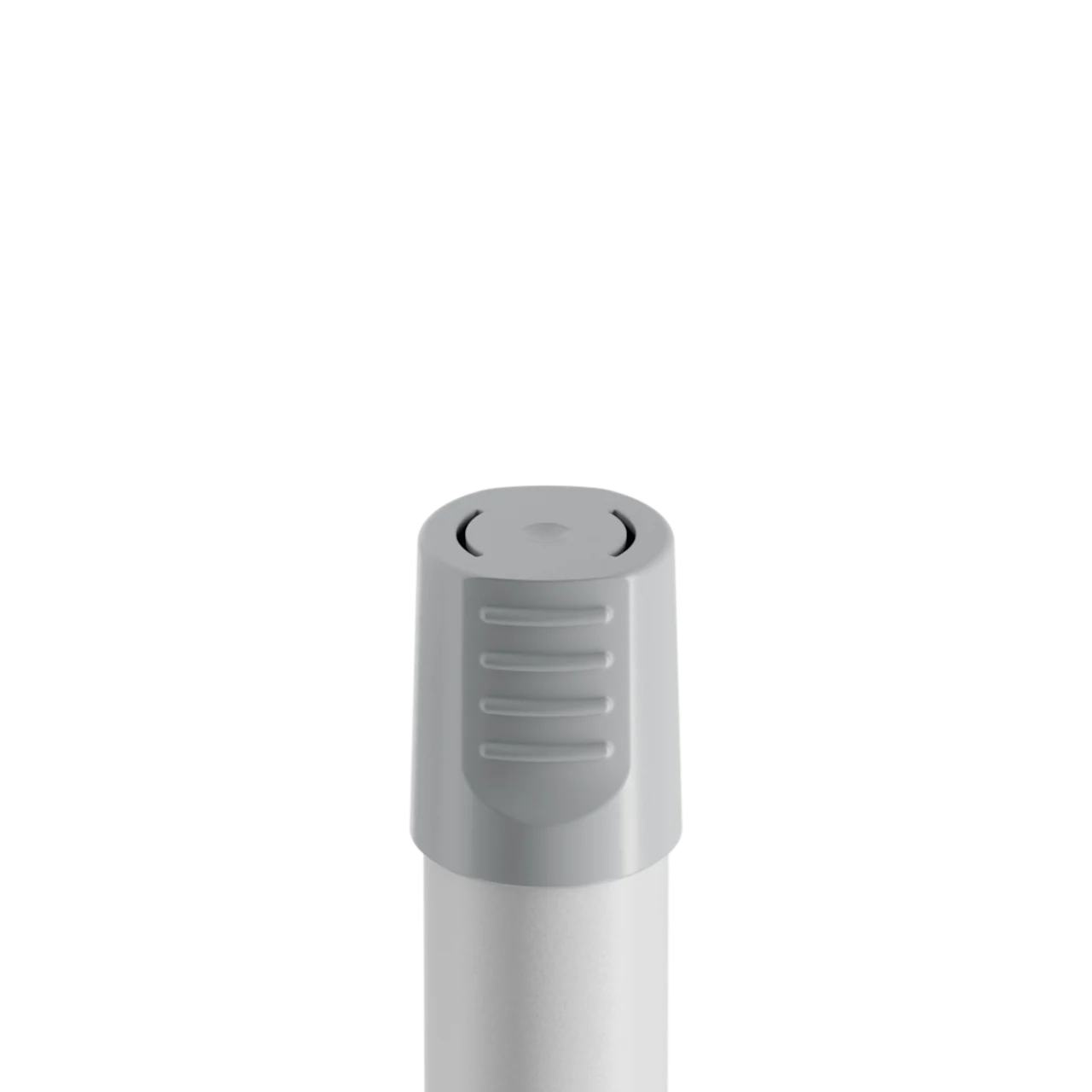Key takeaways
"Ozempic vagina" is a colloquial term for vaginal or vulvar changes (such as dryness, discharge differences, or yeast infections) that some users report while takingthe GLP-1 medication Ozempic.
Ozempic does not directly cause vaginal changes or infections, but rapid weight loss, hormonal shifts, and microbiome changes from Ozempic may increase the risk of these changes in certain people.
Strategies like staying hydrated, slowing weight loss, doing pelvic floor exercises, and taking vaginal probiotics may help prevent any unwanted vaginal changes.
If you do have unwanted vaginal changes, lubricants, topical antifungals, antibiotics, probiotics, or even switching to another weight loss or diabetes medication can help manage Ozempic vagina.
Reach out to a healthcare provider if you notice burning, pain, abnormal discharge, bleeding, or urinary symptoms (or if you have other questions).
Here's what we'll cover
Here's what we'll cover
Here's what we'll cover
Key takeaways
"Ozempic vagina" is a colloquial term for vaginal or vulvar changes (such as dryness, discharge differences, or yeast infections) that some users report while takingthe GLP-1 medication Ozempic.
Ozempic does not directly cause vaginal changes or infections, but rapid weight loss, hormonal shifts, and microbiome changes from Ozempic may increase the risk of these changes in certain people.
Strategies like staying hydrated, slowing weight loss, doing pelvic floor exercises, and taking vaginal probiotics may help prevent any unwanted vaginal changes.
If you do have unwanted vaginal changes, lubricants, topical antifungals, antibiotics, probiotics, or even switching to another weight loss or diabetes medication can help manage Ozempic vagina.
Reach out to a healthcare provider if you notice burning, pain, abnormal discharge, bleeding, or urinary symptoms (or if you have other questions).
If you're taking Ozempic (semaglutide) and have noticed changes like vaginal dryness, itching, or shifts in discharge, it's understandable to have questions. In online communities, some people have started using the term “Ozempic vagina” to describe these kinds of symptoms — uncomfortable and unexpected changes that seem to appear after starting the medication.
Even though it’s not a clinical term, and Ozempic isn’t known to cause direct changes to the vagina, Ozempic vagina points to symptoms that can occur as your body adjusts to semaglutide-related weight loss and hormonal shifts. Keep reading to learn what might be happening in your body, whether Ozempic could be linked to certain vaginal changes, and what steps you can take to prevent or relieve symptoms.
What is Ozempic vagina?
Ozempic vagina is a term that’s gained popularity online, used to describe the vulvovaginal changes some people notice while taking glucagon-like peptide-1 (GLP-1) receptor agonist medications like Ozempic. We talked to Austin Shuxiao, MD, a board-certified internal medicine physician at UHS Wilson Hospital, to find out more.
“This is not an actual diagnosis, just something that social media and the collective populace have come up with to describe their personal experiences while on GLP-1s," he says.
But even though these vaginal changes aren’t officially documented as Ozempic side effects in females, Dr. Shuxiao says that some people still may experience symptoms like:
Changes in vaginal discharge (including texture, smell, frequency)
Vaginal dryness or itchiness
Increased yeast or bacterial infections
Vaginal sagging
Feeling of pelvic floor weakness or loss of pubic fullness
Changes in sensitivity or sex drive
Menstrual cycle shifts
But why would these changes happen?
What causes Ozempic vagina?
There’s no evidence that Ozempic directly changes vaginal tissue, according to Dr. Shuxiao. Instead, Ozempic-related changes may indirectly influence your vagina.
It’s also important to note that, "while on new medications, people will naturally ascribe any new symptom or change in their body as a direct consequence of starting a new medication, valid or not,” Dr. Shuxiao says. “This may lead to a lot of false causal links between GLP-1 agonists and separate, unrelated illnesses."
In other words, just because a symptom appears after starting Ozempic doesn’t necessarily mean the medication caused it. But there are a few plausible reasons why some people might notice changes in vulvovaginal health. Here’s what could be going on:
Rapid weight loss
When weight loss from Ozempic happens quickly, it can lead to visible and structural changes in the body, including in the vulvovaginal area. (It can also affect the breasts, which explains why some have coined the term, “Ozempic breasts.”)
What’s more, with rapid weight loss, you don’t just lose fat. You often lose lean tissue too, with one systematic review showing up to 40% of the total weight lost on semaglutide may come from lean body mass, not just fat. Lean tissue could include the pelvic floor muscles.
Altogether, “rapid weight loss may lead to sagging of the skin or loss of fullness to the pubic mound,” Dr. Shuxiao says. Some people also notice changes in pelvic support, sensation, or muscle tone, especially if they’re losing lean mass along with fat.
Hormonal shifts
Body fat plays a role in hormone regulation, as it helps convert testosterone into estrogen through a process known as aromatization, according to Dr. Shuxiao. So when your body fat drops quickly, estrogen levels can sometimes dip as well, he says. These changes can thin vaginal tissue, reduce natural lubrication, and alter discharge or sensitivity.
Hormonal fluctuations may be even more pronounced for those with polycystic ovary syndrome (PCOS), which is more common in people with obesity. “Losing weight may lead to an alleviation of PCOS symptoms, leading to more regular periods and increased fertility,” Dr. Shuxiao says.
Microbiome disruption
Semaglutide, like other GLP-1 agonists, slows down how quickly food moves through the digestive tract. This change in gut motility can influence the balance of bacteria in your gut, a system closely connected to your vaginal health through what's called the gut–vagina axis.
And these alterations in your vaginal or gut microbiome could explain some of the symptoms of Ozempic vagina, according to Dr. Shuxiao. “For instance, a change in your vaginal microbiome can leave the body susceptible to UTIs or yeast infections,” he says.
That’s because when the vaginal microbiome is disrupted — especially when there’s a decrease in protective Lactobacillus bacteria — it can create an environment where yeast (Candida) or harmful bacteria are more likely to grow and cause infection.
Similarly, hormonal fluctuations can also alter vaginal pH, which sets the stage for more frequent yeast and bacterial infections.
How to avoid or prevent Ozempic vagina: 5 tips
While not everyone taking Ozempic will experience vaginal side effects, it’s worth taking a few simple but proactive steps to help your body adjust. Preventive care may help reduce the risk of dryness, irritation, and potential infections, especially during periods of rapid weight loss or hormonal change, Dr. Shuxiao says. Here’s what might help, according to both clinical insight and expert guidance.
1. Stay hydrated
One of the simplest but most effective strategies: Drink more water. “Maintain adequate hydration, as dehydration can exacerbate symptoms like dryness, irritation, or discomfort,” Dr. Shuxiao says.
Vaginal tissues, like the rest of the body’s mucosal surfaces, depend on adequate hydration to stay healthy. And according to the Ozempic prescribing information, gastrointestinal side effects like vomiting and diarrhea are among the most common side effects. These side effects may further increase fluid loss, making it even more crucial to stay ahead of dehydration.
2. Moderate your weight loss pace
Rapid weight loss can bring on sudden hormonal shifts and structural changes that affect vaginal health. But maintaining a steady pace of weight loss can potentially mitigate these effects, according to Dr. Shuxiao. “Rapid weight loss may cause noticeable [unwanted] changes in the body, and slowing the rate of weight loss can make the change more tolerable,” he says.
Of course, your rate of weight loss isn’t always within your control while taking Ozempic. So if you start to notice uncomfortable changes (like vaginal dryness, sagging, or pelvic floor weakness), talk to your healthcare provider, Dr. Shuxiao says. They may recommend adjusting your dose of the medication to slow the pace of weight loss and give your body, hormones, and vaginal microbiome more time to adapt.
3. Try pelvic floor exercises
Because the body can lose lean muscle mass along with fat during rapid weight loss, strengthening the pelvic floor is especially important, says Dr. Shuxiao. He recommends kegels, which involve flexing and releasing the pelvic muscles to help maintain tone and provide internal support for the bladder, uterus, and vaginal walls.
4. Use vaginal-specific probiotics or fermented foods
Your vaginal microbiome plays a key role in keeping yeast and harmful bacteria in check, so taking a vaginal flora-focused probiotic may help prevent some of the vaginal changes some people notice on Ozempic, according to Dr. Shuxiao.
In particular, look for probiotics that contain Lactobacillus rhamnosus or Lactobacillus reuteri. Lactobacillus species have been shown in studies to support healthy vaginal flora and some species have even been shown to help reduce UTIs. Fermented foods like yogurt, kefir, and kimchi can also offer microbiome support from the inside out.
5. Practice good vulvovaginal hygiene
Daily hygiene can go a long way toward maintaining vulvovaginal health. Choose breathable cotton underwear, avoid douching, and skip scented soaps or wipes, which can disrupt your natural flora. Keeping the vulvar area clean and dry helps prevent the overgrowth of Candida and other organisms that thrive in warm, moist environments.
How to manage or treat Ozempic vagina
The right combination of self-care, symptom-specific treatment, and support from your healthcare provider can make a big difference when it comes to managing vaginal changes. Here are some approaches to consider.
Use vaginal lubricants
Vaginal dryness is a potential symptom of Ozempic vagina, according to Dr. Shuxiao. “Vaginal lubrication, especially during intercourse, may help,” he says.
Research shows that using a quality water- or silicone-based lubricant can help reduce friction, ease discomfort, and support more comfortable intimacy. If you’re unsure what kind to use, a healthcare provider can help guide you toward options that are gentle and pH-balanced.
Support your microbiome
Consider adding a probiotic supplement formulated for vaginal health to help restore balance to your vaginal microbiome. “Take a vaginal flora-specific probiotic,” Dr. Shuxiao says. “This can minimize changes to the microbiome of the vagina, mitigating symptoms like yeast infection or strange odor.”
Use antifungals or antibiotics (when appropriate)
If you develop a yeast infection while on Ozempic, over-the-counter antifungal creams or suppositories — such as miconazole or clotrimazole — can often clear things up within a few days. In more severe cases, you may need a prescription-strength oral or topical antifungal like fluconazole. If you experience a UTI, your healthcare provider can prescribe antibiotics like trimethoprim-sulfamethoxazole or nitrofurantoin to help treat your infection.
That said, vaginal discomfort can have many causes. That’s why it’s important to talk to your healthcare provider before starting any treatment to confirm your diagnosis, especially if symptoms are new for you.
Talk to your provider about switching medications
“If the symptoms are unbearable, the patient can always switch to another weight loss medication or try another GLP-1 agonist,” Dr. Shuxiao says. “Different medications, even those in the same class, may have different side effects.”
Discuss your symptoms with your healthcare provider, so they can help determine if another medication might be a better fit for you.
When to see a healthcare provider about Ozempic vagina
Many vaginal symptoms can be managed with at-home care. However, if they persist, are severe, or disrupt your daily life, Dr. Shuxiao recommends consulting a healthcare provider. That’s because this may be a sign of an infection or imbalance that requires treatment.
According to Dr. Shuxiao, symptoms that warrant professional evaluation include:
Burning while peeing
Blood in the urine
Inability to hold in urine
Bleeding from the vagina or vulva
Abnormally long or heavy periods
Abnormally long time between periods or missing periods
Abnormally foul or fishy vaginal odor
Symptoms that transfer to sexual partners
New ulcers, warts, or wounds on the vulva or vagina
Pain in the vulva, vagina, or pubic area
A medical professional can help determine whether these symptoms are related to Ozempic or another underlying condition and guide you toward the right treatment.
Rx weight loss with Ro
Get access to prescription weight loss medication online
Bottom line
The term “Ozempic vagina” might have started on social media, but it reflects a set of symptoms that some people genuinely experience while using GLP-1 medications like Ozempic. Here are the key takeaways:
Ozempic doesn’t directly cause vaginal symptoms, but it may indirectly contribute to certain changes. For instance, rapid weight loss can lead to fluctuations in estrogen levels, gut and vaginal flora, or pelvic muscle tone, which may explain symptoms like dryness, discharge changes, or infections.
Hydration, gradual weight loss, and vaginal hygiene may help prevent or reduce symptoms by supporting overall vaginal and hormonal health.
Pelvic floor strength and microbiome balance also matter. Kegel exercises can help maintain structural support, while probiotics may have some role in protecting against yeast and bacterial infections.
There are effective ways to treat many of these issues. Lubricants, antifungals, and other interventions can address many symptoms as they arise.
Talk to a provider if your symptoms are disruptive, severe, persistent, or don’t improve with basic care. They can help rule out other causes of your symptoms and determine if a different GLP-1 medication might be better for you.
Frequently asked questions (FAQs)
Can Ozempic cause yeast infections?
"The answer is yes and no," Dr. Shuxiao says. Ozempic lowers blood sugar, which can reduce the risk of yeast infections by decreasing the amount of glucose that spills into the urine — a key fuel source for yeast growth, he explains.
But at the same time, "Ozempic may change the microbiome of the vagina or vulva,” he says. “If that natural microbiome is disrupted, it may allow Candida to outcompete and grow uncontrolled." While this doesn’t tell us that Ozempic directly causes yeast infections, it may still contribute indirectly.
What does Ozempic do to women’s hormones?
"Ozempic itself mimics GLP-1, which [is a hormone that] directly stimulates the pancreas to release insulin,” Dr. Shuxiao says. “This could technically influence [female] hormones since insulin and glucagon are hormones, but there is no data to suggest Ozempic directly impacts sex hormones like estrogen, progesterone, or testosterone."
However, hormone shifts may still occur as a result of weight loss. Fat tissue helps convert testosterone into estrogen, so a rapid drop in body fat can potentially lead to lower estrogen levels, he says. These changes may be more pronounced in people with PCOS.
Does Ozempic make you wet?
There’s no research to suggest that Ozempic makes you wet. In fact, people with Ozempic vagina typically report dryness, according to Dr. Shuxiao.
Does Ozempic cause reproductive issues?
"There is no published evidence that it does,” Dr. Shuxiao says. “But weight loss [in people with obesity] will usually improve fertility by resolving underlying conditions like obesity, insulin resistance, or polycystic ovary syndrome.”
However, if weight loss is too extreme, that can lead to reproductive issues like lost periods, irregular menstrual cycles, infertility, low libido, and other hormonal imbalances, he adds.
DISCLAIMER
If you have any medical questions or concerns, please talk to your healthcare provider. The articles on Health Guide are underpinned by peer-reviewed research and information drawn from medical societies and governmental agencies. However, they are not a substitute for professional medical advice, diagnosis, or treatment.
Ozempic Important Safety Information: Read more about serious warnings and safety info.
GLP-1 Important Safety Information: Read more about serious warnings and safety info.
References
Ballini A, Charitos IA, Cantore S, et al. (2023). About functional foods: the probiotics and prebiotics state of art. Antibiotics (Basel);12(4):635. Published 2023 Mar 23. doi:10.3390/antibiotics12040635. Retrieved from https://www.mdpi.com/2079-6382/12/4/635
Bikou A, Dermiki-Gkana F, Penteris M, et al. (2024). A systematic review of the effect of semaglutide on lean mass: insights from clinical trials. Expert Opinions in Pharmacotherapy; 25(5):611-619. doi:10.1080/14656566.2024.2343092. Retrieved from https://pubmed.ncbi.nlm.nih.gov/38629387/
Carlson, K, Nguyen, H. (2024). Genitourinary syndrome of menopause. StatPearls. Retrieved from https://www.ncbi.nlm.nih.gov/books/NBK559297/
Hildebrand JP, Carlson K, Kansagor AT. (2025). Vaginitis. StatPearls. Retrieved from https://www.ncbi.nlm.nih.gov/books/NBK470302/
Huang YC, Chang KV. (2023). Kegel exercises. StatPearls. Retrieved from https://www.ncbi.nlm.nih.gov/books/NBK555898/
Kennedy, C. E., Yeh, P. T., Li, J., et al. (2021). Lubricants for the promotion of sexual health and well-being: a systematic review. Sexual and reproductive health matters, 29(3), 2044198. doi:10.1080/26410397.2022.2044198. Retrieved from https://pmc.ncbi.nlm.nih.gov/articles/PMC8942543/
Merenstein DJ, Tancredi DJ, Karl JP, et al. (2024). Is there evidence to support probiotic use for healthy people?. Advanced Nutrition; 15(8):100265. doi:10.1016/j.advnut.2024.100265. Retrieved from https://www.sciencedirect.com/science/article/pii/S2161831324000991
Takada, K., Melnikov, V. G., Kobayashi, R., et al. (2023). Female reproductive tract-organ axes. Frontiers in Immunology, 14, 1110001. doi:10.3389/fimmu.2023.1110001. Retrieved from https://pmc.ncbi.nlm.nih.gov/articles/PMC9927230/
Tortelli, B. A., Lewis, W. G., Allsworth, J. E., et al. (2020). Associations between the vaginal microbiome and Candida colonization in women of reproductive age. American Journal of Obstetrics and Gynecology, 222(5), 471.e1–471.e9. doi:10.1016/j.ajog.2019.10.008. Retrieved from https://pmc.ncbi.nlm.nih.gov/articles/PMC7236091
U.S. Food and Drug Administration. (2017). Highlights of Prescribing Information: Ozempic (semaglutide) injection, for subcutaneous use. https://www.accessdata.fda.gov/drugsatfda_docs/label/2023/209637s020s021lbl.pdf


